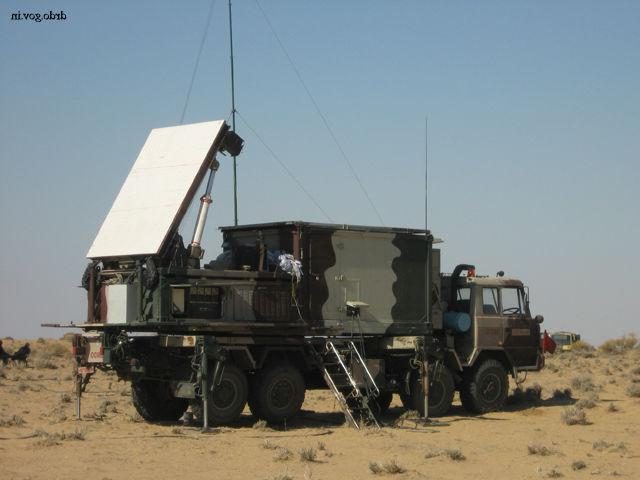Indigenously developed weapon-locating radar SWATHI handed to Army
The Defence Research and Development Organization (DRDO) formally handed over an indigenously developed Weapon Locating Radar (WLR) system dubbed as ‘SWATHI’ to Indian Army.
The DRDO also handed over a Nuclear, Biological and Chemical (NBC) recce vehicle Mk-I and NBC treatment drugs to the Indian Army.
About SWATHI
- Developed by DRDO’s Electronics & Radar Development Establishment (LRDE). It has a range of 50 km which brings all artillery guns presently in service worldwide under its coverage.
- Performs two roles i.e. Weapon Location Mode for enemy Artillery and Direction of Own artillery Fire (DOOAF) Mode for Artillery.
- Provides quick, automatic and accurate location of all enemy weapons like mortars, shells and rockets firing within its effective zone of coverage.
- Simultaneously it can handle multiple projectiles fired from different weapons at different locations. It can also direct artillery response based on the incoming enemy fire.
- It has been extensively tested along the Line of Control (LoC). Four such systems are currently in operation and another 30 are on order for the Indian Army.
- The WLR has been a critical requirement of the Indian Army and in the aftermath of the Kargil conflict it was imported from the US in 2002 to fill critical needs.
About NBC recce vehicle Mk-I
- Developed by DRDO’s Vehicles Research & Development Establishment (VRDE) for carrying out post event recce of Chemical, Biological, Radiological and Nuclear (CBRN) contaminated areas.
- It is capable of collecting solid and liquid samples of biologically contaminated areas, mark the nuclear and chemical contamination zone and transfer the recce data speedily to support formations.
NBC treatment drugs
- Developed by DRDO’s INMAS (Institute of Nuclear Medicine and Allied Sciences) which is is actively engaged in research in the field of radio protectors, de-corporating agents and antidotes for CBRN emergencies, combat casualty care and other lifesaving drugs.
- In the past two decades, INMAS has carried out extensive research and laboratory trials to develop formulations for use as antidotes and de-corporating agents for CBRN emergencies. Out of the several formulas, 15 drugs have been identified for induction.
Month: Current Affairs - March, 2017


